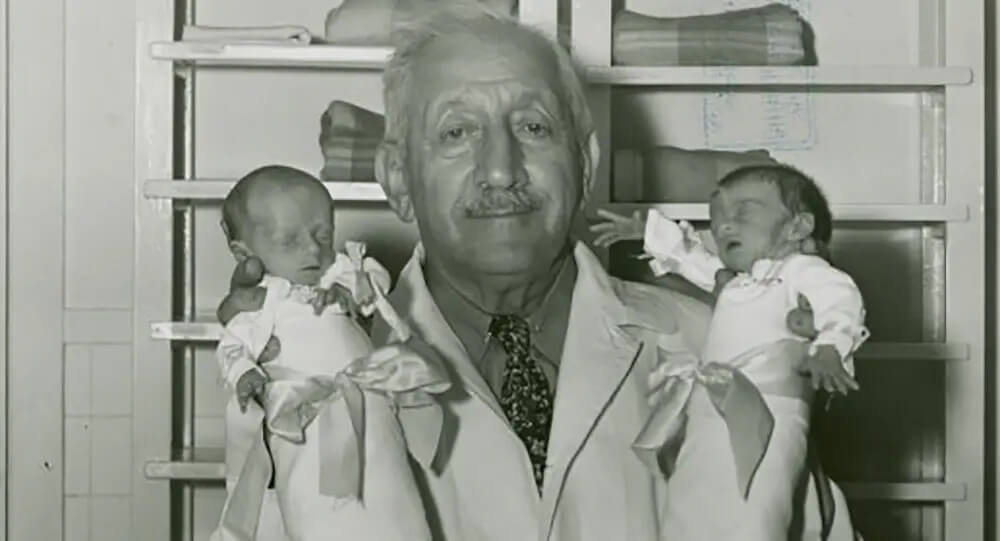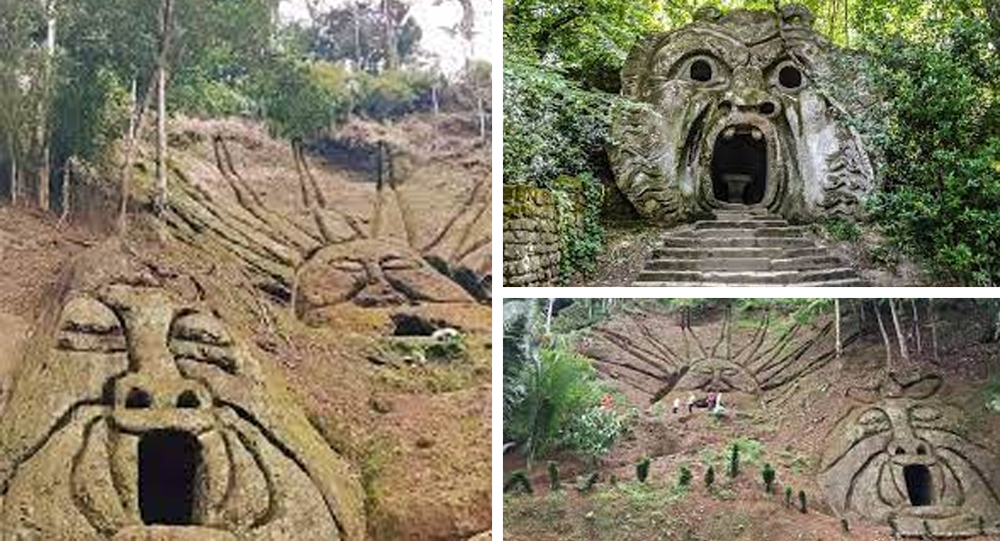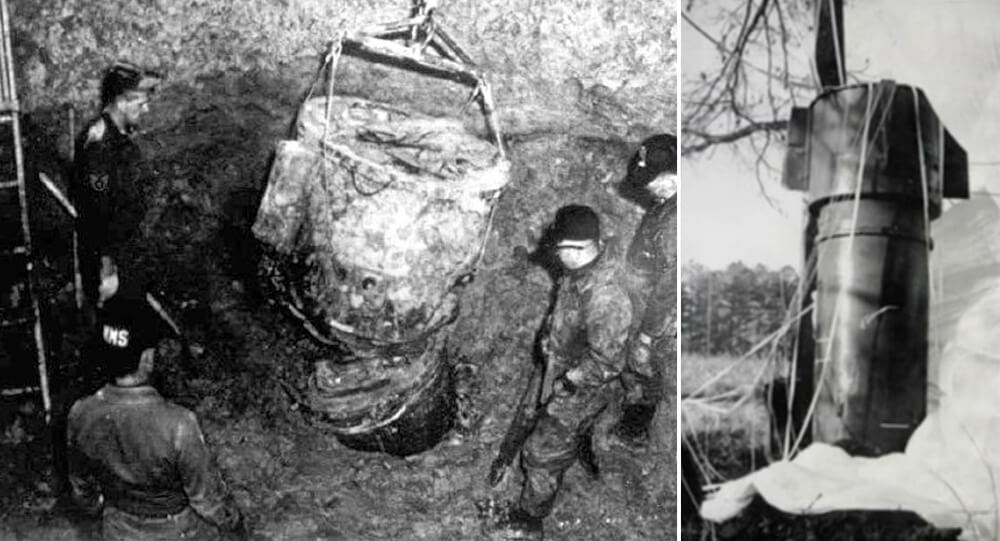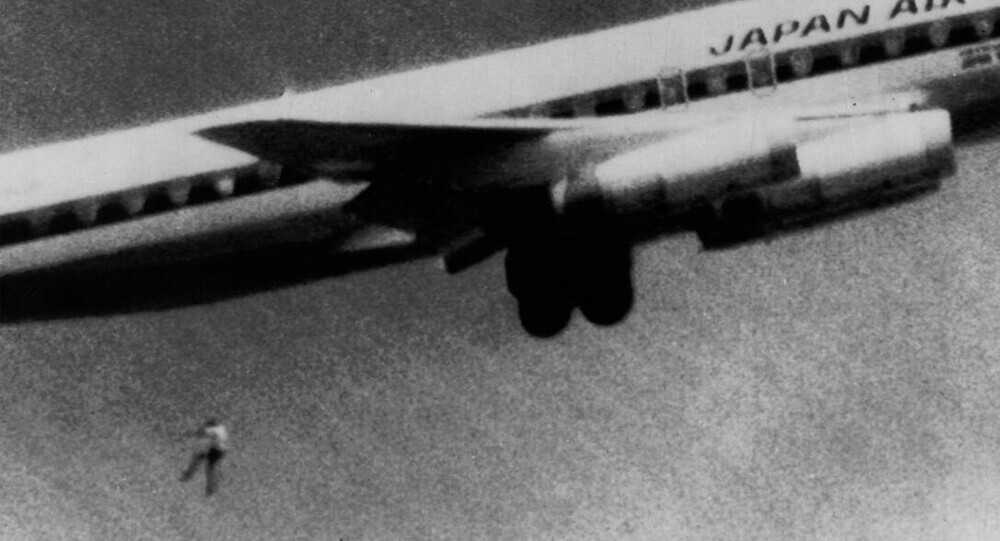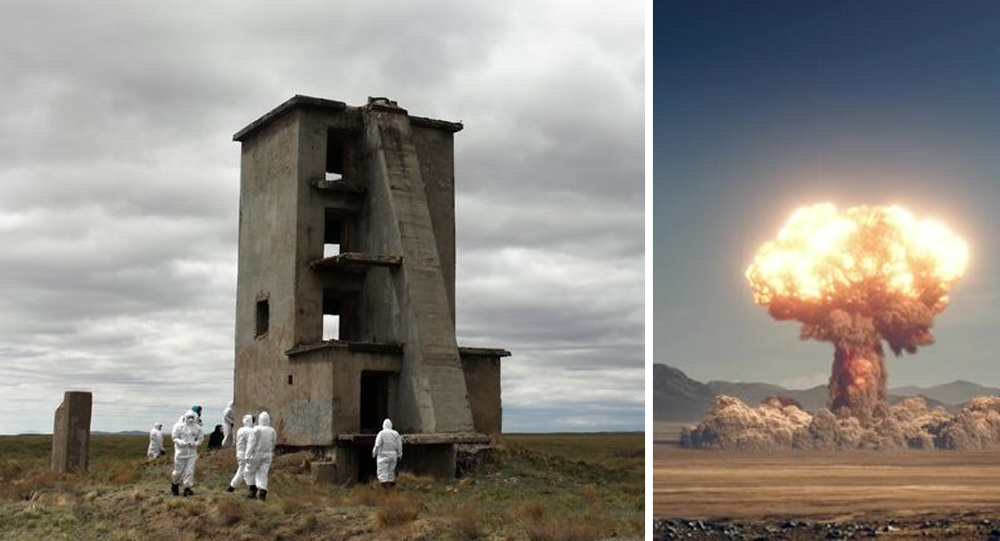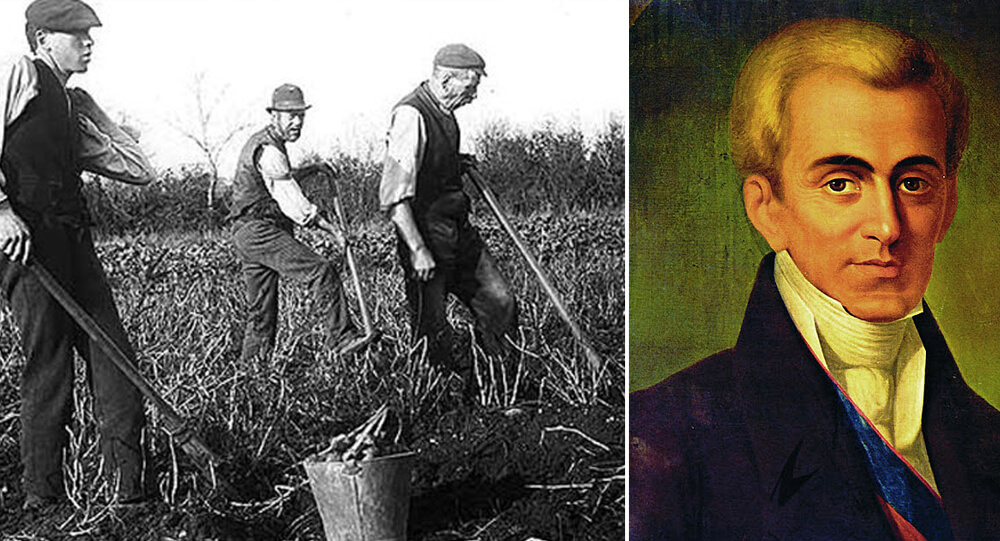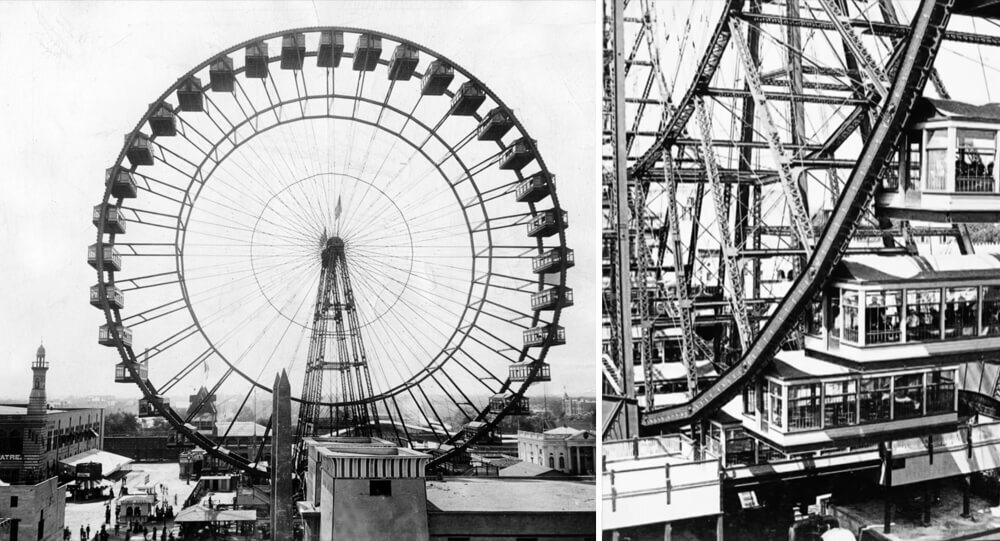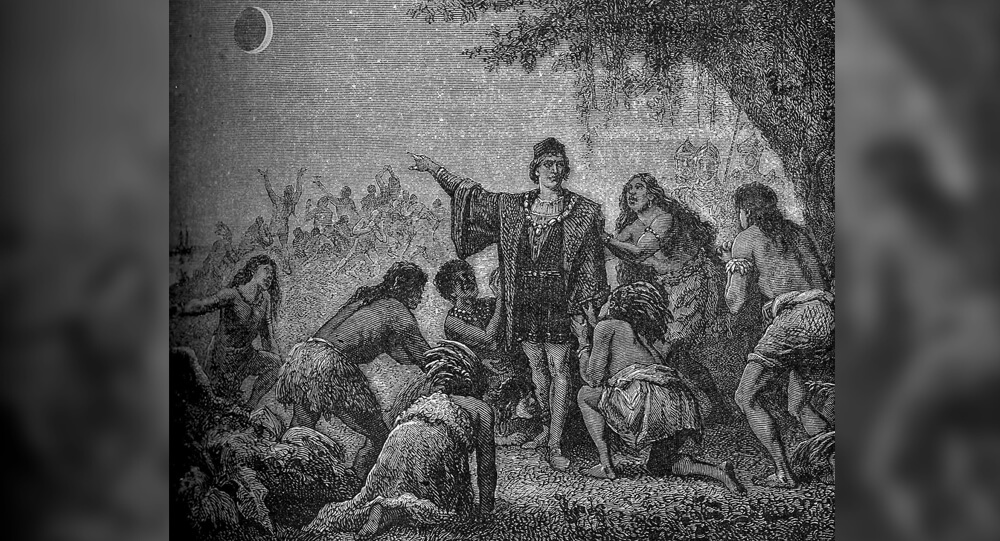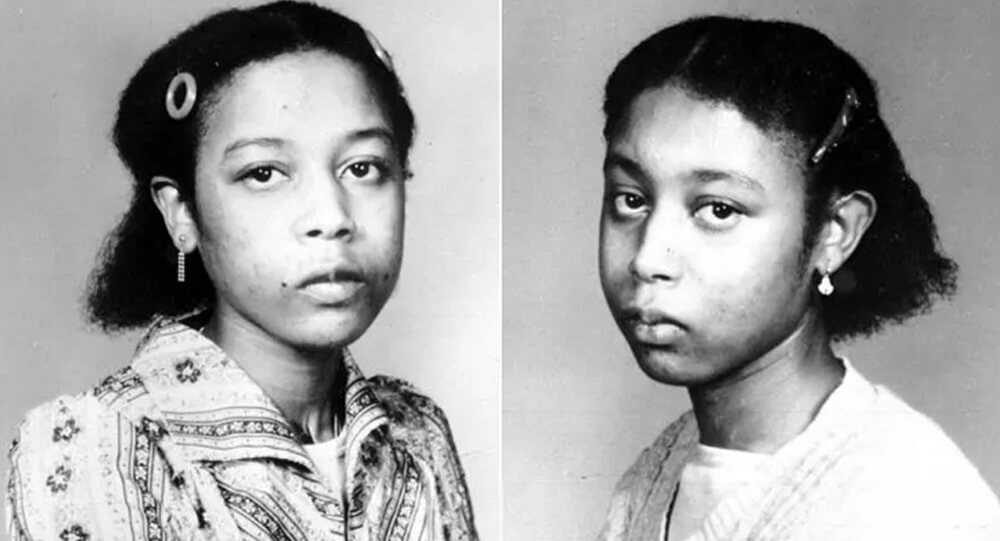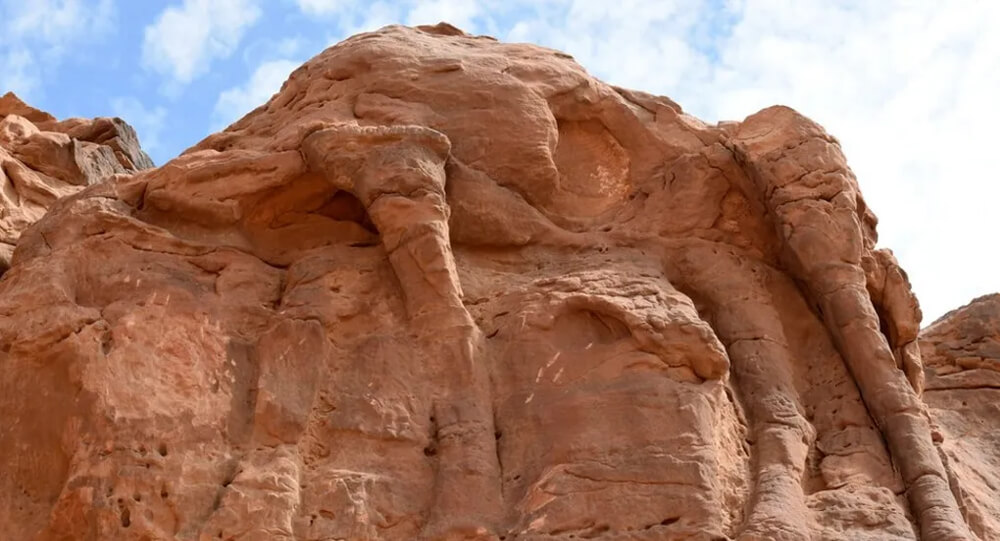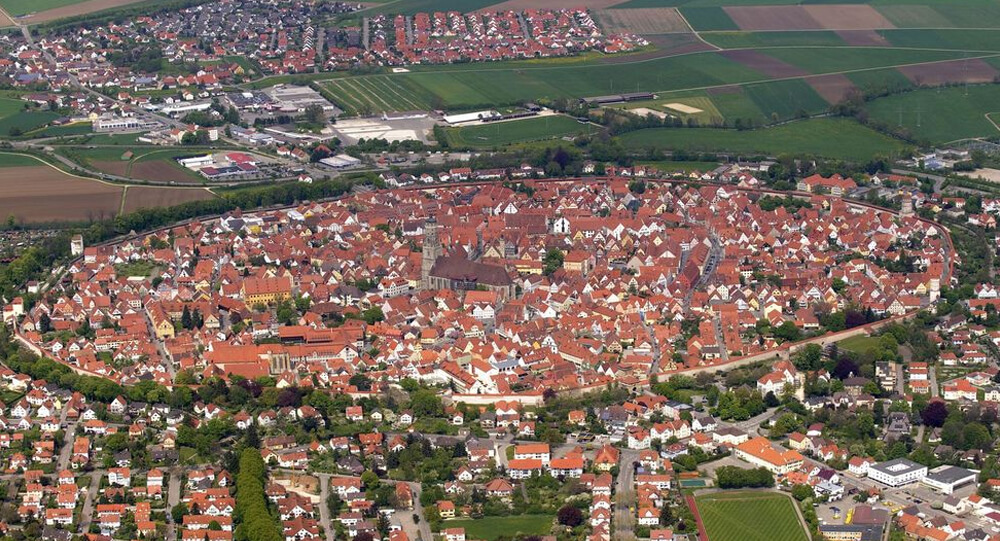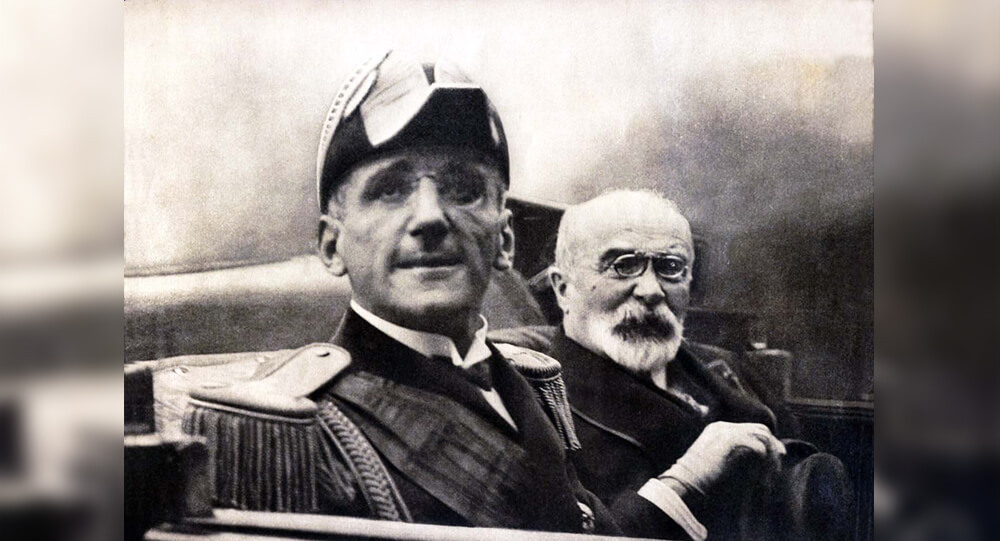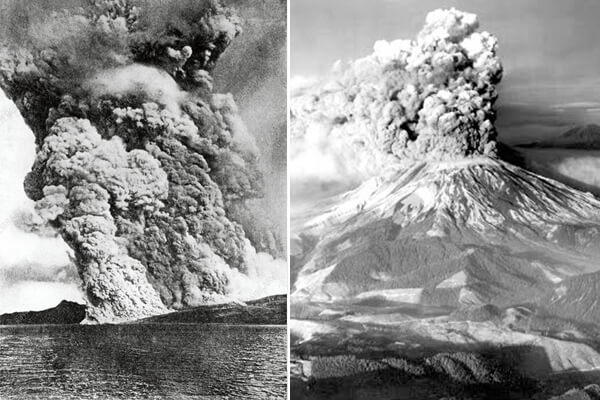

10 world’s most destructive and dangerous volcanic eruptions in history
Volcanic eruptions can devastate cities, change the world’s atmosphere, and devastate economic systems. They can create molten lava rivers, mudslides, suffocating ash, and poisonous gases that cause chaos around the world for years.
The Volcanic Explosivity Index (VEI), like the Richter scale for earthquakes, is used to determine the magnitude of a volcanic eruption. Volcanic explosions are ranked from 1 to 8, with 1 being a gentle lava outpouring and 8 being a mega-colossal eruption.
The size of an eruption is a strong indicator, but it does not always predict its effect. Calculating the potential loss of life is one of the most common ways to assess the severity of an eruption. Deaths can occur not only as a result of an eruption’s effect, but also as a result of a lack of food.
Economically, volcanic eruptions can be devastating. Although calculating the economic cost of ancient eruptions is primarily theoretical, the costs of more recent eruptions are determined by calculating the loss of infrastructure and income to local residents. Volcanic eruptions cost $152.6 billion in damages between 1995 and 2015, or $7.6 billion per year, according to a United Nations report.
A volcanic explosion’s effects can be massive, from its size to its death toll to its economic cost. Here is ten world’s most destructive and dangerous volcanic eruption in history:
1. Santa Maria, Guatemala, 25 October 1902 (VEI6)
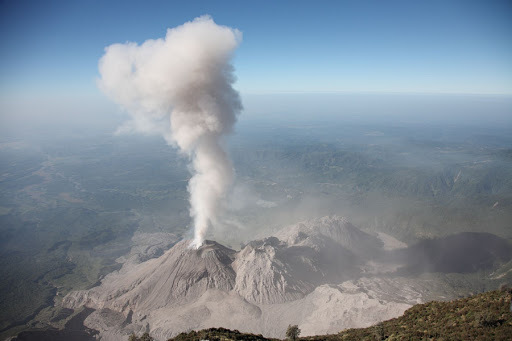
The Santa Maria volcano was inactive for hundreds, if not thousands, of years. That is, until 1902 when it erupted violently due to a series of earthquakes in the Central American region. At least 5000 people were killed in the eruption, but many believe this figure is exaggerated. Over the course of 19 days, the eruption created a 28-kilometer-high column of pyroclastic debris, resulting in 5.5 km3 of pyroclastic debris. For days, the ash from the eruption obscured Guatemala’s sky, spreading all the way to San Francisco. Damages are estimated to be in the millions of dollars.
2. Mt Vesuvius, Italy, 79 AD (VEI5)
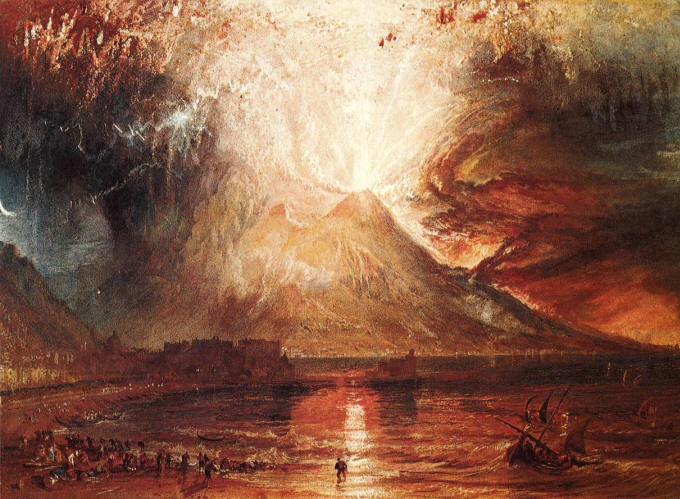
Mt Vesuvius has erupted many times in human history, but the most famous is the terrifying eruption of 79AD. On August 24, Vesuvius erupted, burying the surrounding cities of Pompeii and Herculaneum in ash, mud, and poisonous gases. The eruption claimed the lives of 16,000 people. The cities were not excavated and rediscovered until 1595. The cost of a similar eruption today will be in the billions.
3. Mount Pinatubo, Philippines, 1991 (VEI6)

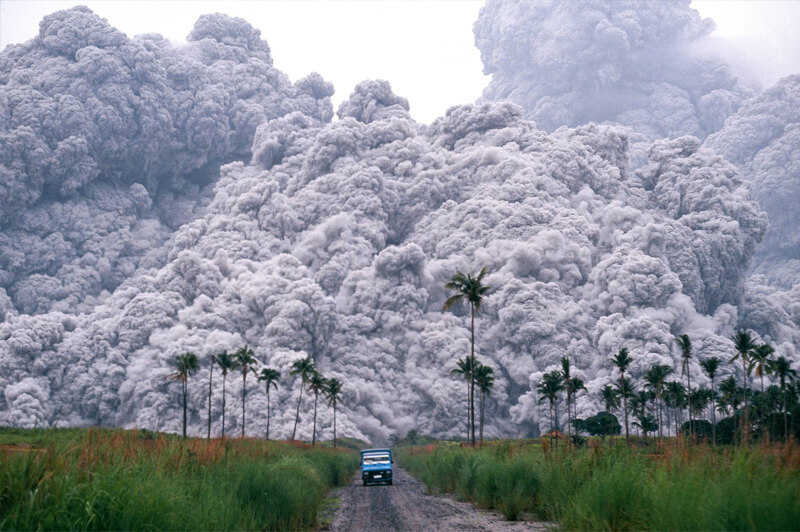
The Mount Pinatubo eruption was the twentieth century’s second-largest volcanic eruption. The volcano erupted on June 15, sending a 35-kilometer-high ash cloud into the sky. The eruption triggered huge pyroclastic flows and expelled nearly 20 million tons of sulfur dioxide into the stratosphere, lowering global temperatures. Despite the fact that only 722 people were killed, the eruption affected over 200,000 people. The cost of the eruption was estimated to be in the range of $200 million.
4. Nevado del Ruiz, Columbia, 1985 (VEI3)
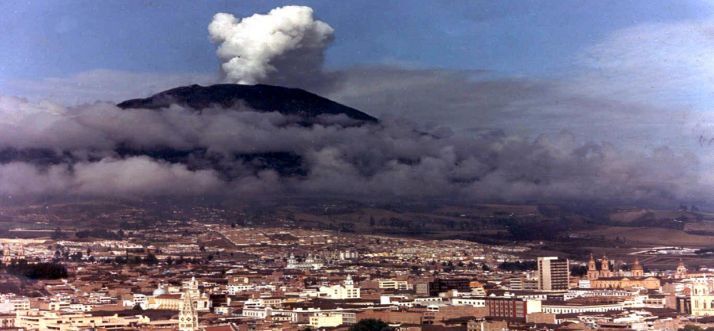
Despite its small scale, the eruption of Nevado del Ruiz had catastrophic consequences. The mudflow that followed the eruption was the most devastating aspect of the event, burying the town of Armero and killing 20,000 people. The most destructive volcanic eruption, according to the International Disaster Database, was Nevado, which cost an estimated $1 billion.
5. Mt Unzen, Japan, 1792 (VEI2)
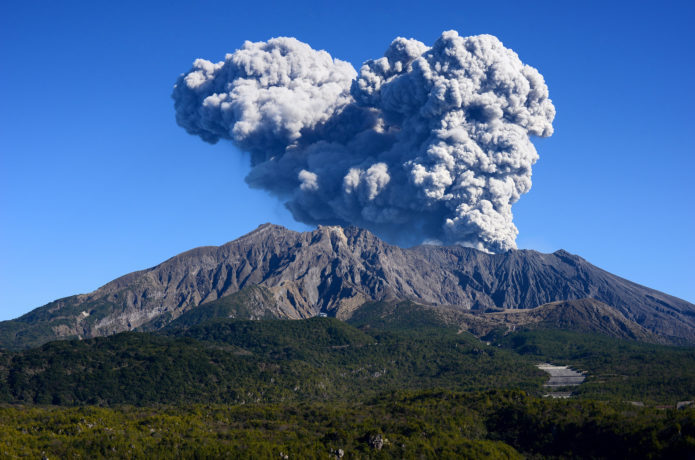
Mt. Unzen’s eruption is still Japan’s deadliest volcanic eruption. The explosion caused the volcano’s dome to collapse, resulting in a huge landslide that buried Shimabara and flowed into the sea, causing a 57-meter-high tsunami. Around 15,000 people were killed in the disaster. Damages to agriculture and fisheries facilities is expected to cost $17.4 billion yen ($150 million).
6. Ilopango, El Salvador, 450AD (VEI6+)
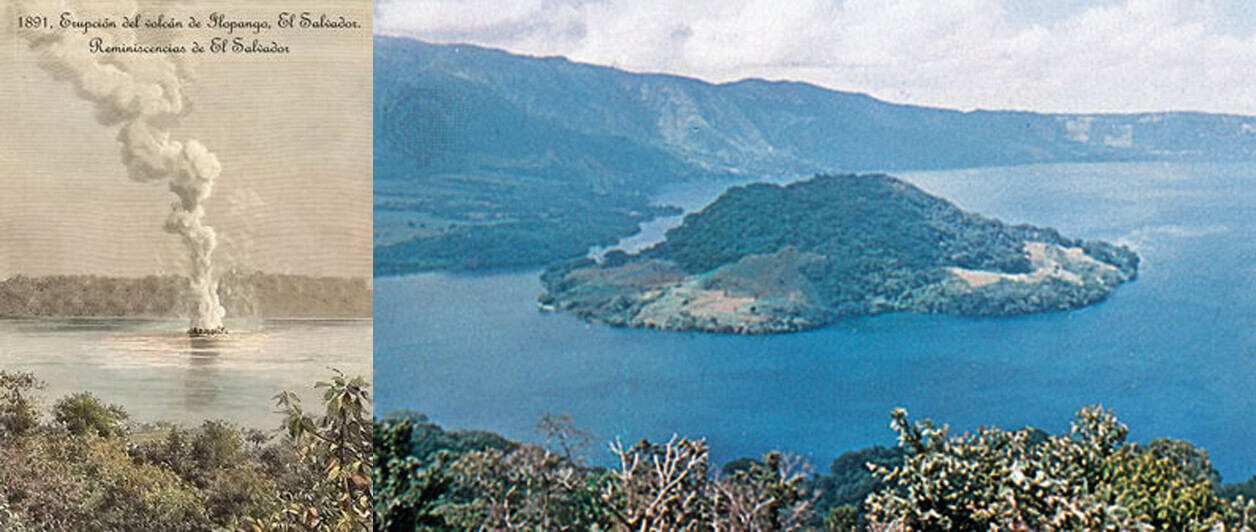
Ilopango’s first eruption, in 450 AD, was the second-largest volcanic eruption in the last 200,000 years. The magnitude of this eruption is thought to have killed many Mayan cities. For more than a year, the skies were filled with ash and dust. It is estimated that up to 100,000 people were killed and over 400,000 were displaced as a result of the eruption. It is believed to have been the cause of the AD 535-536 global cooling, which resulted in crop failures from Rome to China.
7. Mt Pelee, Caribbean, 1902 (VEI4)
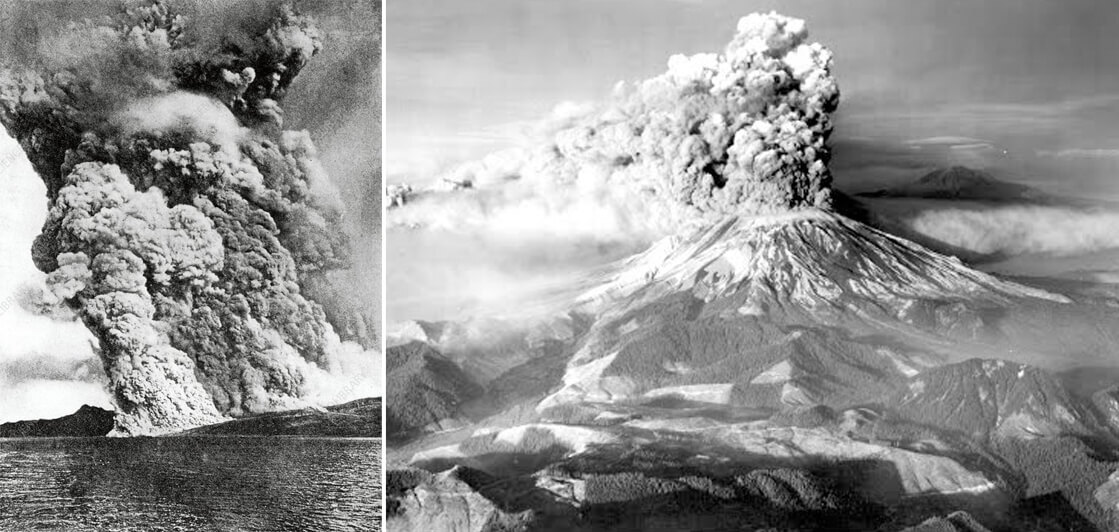
Mt Pelee was believed to be inactive until it erupted in the worst eruption of the twentieth century. Mt Pelee erupted with a blast of hot gas and volcanic rubble on May 8, devastating the entire city of St Pierre. Just two people out of the 28,000 who lived in St. Pierre survived. The eruption was estimated to have cost $50 million.
8. Laki, Iceland, 1783 (VEI6)
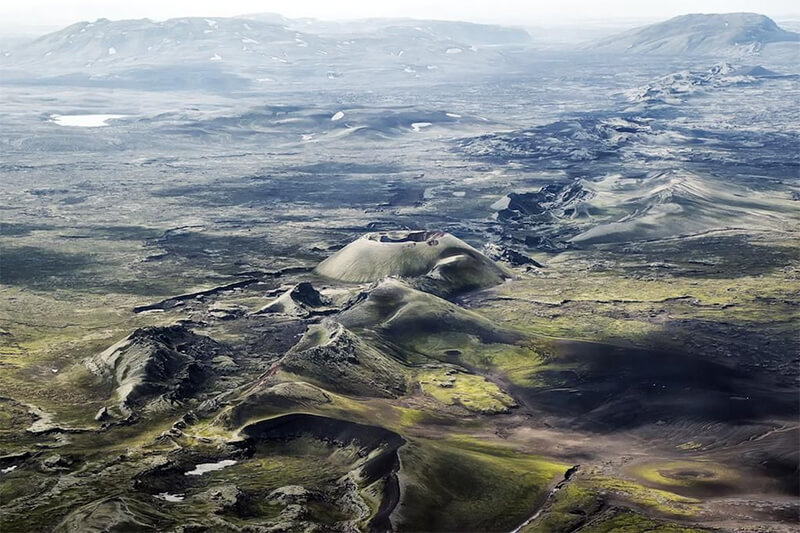
The Laki eruption’s destruction was felt around the world for years after it happened. The eruption at Laki lasted 8 months and ejected 14.7km3 of lava. Toxic gases polluted Iceland’s crops and destroyed 60% of the country’s grazing livestock. The volcano emitted enough sulfur dioxide to trigger acid rain and a decrease in global temperatures. A famine followed the eruption, killing over 10,000 Icelanders, about a quarter of the country’s population at the time. As Laki’s toxic eruption spread south, it killed 23,000 people in the United Kingdom and triggered a famine in Egypt. The European famine triggered by the eruption, according to some environmental historians, may have been a trigger for the French Revolution.
9. Krakatoa, Indonesia, 1883 (VEI 6)
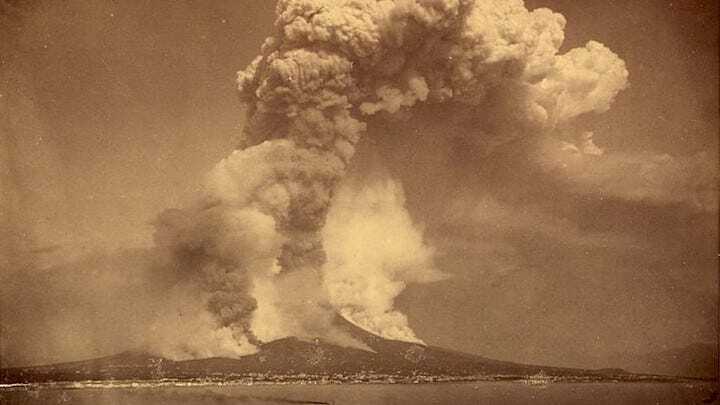
Krakatoa, an Indonesian volcano, erupted in one of the most destructive eruptions in modern human history, destroying the island on which it sits. A series of huge eruptions ripped the volcano’s walls apart on the morning of August 27. The last eruption of Krakatoa was four times more strong than the biggest bomb ever detonated by humans. Its radio waves circled the globe seven times. It triggered a series of tsunamis that ravaged on the area, killing 36,000 people and obliterating entire villages. The cost of the eruption has been projected to be as high as $1.5 billion by others.
10. Mt Tambora, Indonesia, 1815 (VEI 7)
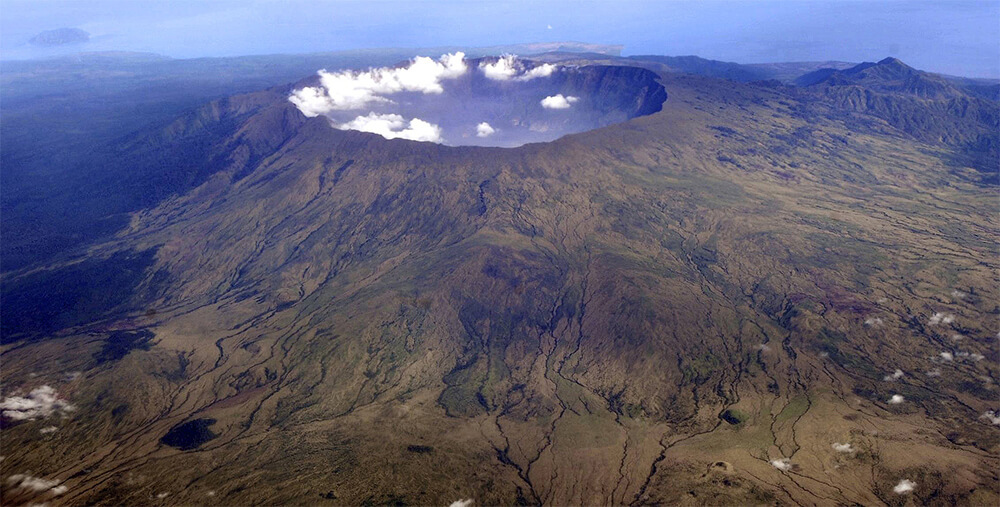
Mt. Tambora is the deadliest volcanic eruption in modern human history, with up to 120,000 people killed. Tambora erupted on April 10, 1815, spewing volcanic ash 40 kilometers into the atmosphere. The eruption was the most strong in 500 years. The intensity of the pyroclastic flow entering the ocean resulted in the formation of a series of massive tsunamis. The planet suffered a significant temperature drop as a result of the massive amount of SO2 released, which resulted in global crop failures. Thousands of Chinese people died of starvation as typhus spread through Europe. The price of grain in Switzerland more than quadrupled in the two years following the blast.

The 1976 April Fools' Pranks, Planetary Alignment
On April fool's Day, 1976, the BBC convinced many listeners that a special alignment of the planets would temporarily decrease gravity on Earth. Phone lines were flooded with callers who claimed they felt the effects.

Martin Couney, Saved Thousands of Premature Babies Wasn’t a Doctor at All
Martin Couney never qualified as a medical doctor. However, in the 1900s, he saved thousands of premature babies by exhibiting them in incubators at his Coney Island sideshow. Over the course of his career, he is said to have saved about 6,500 babies that had previously been written off by mainstream medicine.

Man's Blood Helped Save Millions of Babies
Australian blood donor James Harrison has been one of our most impressive and valued donors, having donated for 60 years. Know his story, how he was a pioneer of our Anti-D program, and why this matters.

Blanche Monnier: Imprisoned For 25 Years For Falling in Love
Blanche Monnier, she was a French woman noted for her beauty, she wished to marry an old lawyer that her mother disapproved of, so she locked her in a small dark room in her attic for 25 years.

Why the Word ‘Pen’ Comes from the Latin ‘Penna’ Meaning Feather
The humble word “pen” carries a rich history rooted in ancient times, derived from the Latin word penna, meaning “feather.” Long before modern pens revolutionized writing, feather quills—especially from geese—were the essential tools of scribes, scholars, and artists. This article journeys through the origins of the pen, its evolution, and fascinating trivia about the timeless connection between feathers and writing.

Archaeologists Uncover 2,000-Year-Old Amazonian Cities Using Lidar Technology
Deep in the Ecuadorian Amazon, archaeologists have uncovered an ancient network of urban settlements once inhabited by the Upano people about 2,000 years ago. Using cutting-edge lidar technology, these discoveries reveal a highly organized society featuring sophisticated agricultural systems, drainage canals, and extensive road networks. This transformative find challenges long-held assumptions about ancient Amazonian societies and sheds light on a complex civilization thriving in one of the world’s most biodiverse regions.

Nuclear bomb accidentally dropped on North Carolina in 196
4 January 1961: The 4241st Strategic Wing's Boeing B-52G-95-BW Stratofortress, serial number 58-0187, was on a 24-hour airborne alert mission off the United States' Atlantic Coast.

Philippines, the largest supplier of Nurses in the World
Philippines is the world’s largest supplier of nurses, supplying roughly 25% of all overseas nurses worldwide.

The day Iceland's women went on strike
Icelandic women went on strike for equal rights on October 24, 1975. 90% of women walked out of their jobs and homes, effectively shutting down the entire country. The men were struggling to keep up. The following year, Parliament passed a law requiring equal pay. Iceland elected the world's first female President five years later. Iceland now has the highest gender equality rate in the world.

Keith Sapsford: The Story of 14-Year-Old Stowaway
The final image of 14-year-old Australian Keith Sapsford, who aspired to travel the world. In February 1970, he sneaked into the wheel-well of a plane flying from Sydney to Tokyo. It opened mid-air & fell out. When a photographer was testing a new lens, he captured this moment on film and was surprised when it developed.

Story of Kathrine Switzer: the first woman to run in Boston Marathon
Before women were allowed to run in the Boston Marathon, Kathrine Switzer participated. A race official attempted to forcefully remove her from the race in 1967, but her boyfriend pushed him down. She was the first female finisher who had a numbered entry in the race.

The Forgotten Story of Semipalatinsk and the Soviet Nuclear Experiments
Between 1949 and 1989, the Semipalatinsk Test Site in Kazakhstan became the primary location for Soviet nuclear weapons tests, exposing millions of unsuspecting villagers to radioactive fallout. Known as the “Polygon of Suffering,” this remote desert witnessed 456 nuclear detonations that caused widespread health crises, birth defects, and generational genetic damage. This article narrates the chilling legacy of Semipalatinsk, unveiling the human cost of Cold War arms development and the ongoing struggle for healing and recognition in Kazakhstan.

How Greek prime minister in 1830’s tried to spread the potato in Greece
A Greek prime minister in 1830’s tried to spread the potato in Greece but people weren’t interested so he put armed guards in front of shipments of potatoes so people would think they were important. People later started stealing these potatoes a lot which spread the crop to all of Greece.

how Ferris wheel invented
In 1891, Chicago challenged engineers to create a structure to surpass the Eiffel Tower for the World's Columbian Exposition. George Washington Gale Ferris jr. responded with the original Ferris Wheel, a giant rotating structure elevating visitors above the city. This invention became an iconic attraction at the fair.

How a Total Lunar Eclipse Saved Christopher Columbus in 1504
In 1504, Christopher Columbus was stranded in Jamaica with natives who refused to give him food. But he knew the date and time of an upcoming lunar eclipse. So he told the natives that his gods were angry at their treatment of him, and would provide a clear sign. Once the eclipse started, the natives raced to give him food and begged for mercy.

June and Jennifer Gibbons The silent twin who Only Spoke to Each Other
Identical twins June and Jennifer Gibbons were born on 11 April 1963 at a military hospital in Aden, Yemen where their father worked as part of the Royal Air Force.

Nathan's Famous Doctor Stunt
When Nathan's Famous Hot Dogs first opened in 1916, the owner hired people to dress as doctors and eat hot dogs outside his shop, to convince people his hot dogs were healthy.

Top 10 most cruel medical procedures that are being used today
We are all aware that medicine has advanced dramatically over the last fifty years. There are several modern medical approaches available today, but this was not always the case. However, the past of medicine is a dark one. Medical leeches, lobotomy, vascular surgery, cranial stenosis, and even electroshock therapy are all options. These are only a couple of the cruel healing techniques that are still in use today.

Mother who spent entire life savings for daughter’s cancer treatment won the lottery
A mother won $2 million from a $10 scratch-off lottery ticket after she spent all of her entire life savings to pay her daughter’s cancer treatment. She bought the winning ticket after her daughter’s last cancer treatment.

Poto And Cabengo: The Secret Language Of Twins
Poto and Cabengo, as the two girls called each other, communicated in their own language. The twins were ignored by their parents and secluded from the outside world because their father felt they were developmentally retarded, and their unique language evolved as a result of that neglect.

Terry Fox, a 21-year-old one-legged cancer patient who ran 143 days before dying
Terry Fox was a 21-year-old one-legged cancer patient who ran 3,339 miles across Canada in 143 days before dying.

Saudi Arabia camel carvings dated to prehistoric era
Archaeologists were shocked to discover that a series of camels carved into desert rock faces in north-western Saudi Arabia are actually prehistoric, dating from 7,000-8,000 years ago - before either the Pyramids of Giza or Stonehenge were built.

Nordlingen, The Town Inside A Meteorite Crater With Millions Of Meteorite Diamonds
The German town of Nördlingen is embedded with 72,000 tons of microscopic diamonds. About 15 million years ago, a meteorite hit this region, and the impact created a massive depression and formed rocks containing diamonds, glass, and crystals. The town was built in the impact crater sometime around 898 CE.

The Assassination Of King Alexander
The assassination of King Alexander of Yugoslavia marked a pivotal moment in the country's history. This article delves into the rise and reign of King Alexander, exploring his early life and ascension to the throne. It also examines the political and social climate in interwar Yugoslavia, setting the stage for the tensions and challenges that ultimately culminated in his tragic assassination. By understanding the context in which this event unfolded, we can better grasp the significance and impact it had on the nation and its future.

How Sleep Deprivation Was Once Used as Torture
Sleep deprivation, long before modern interrogation techniques, was considered a “clean” and effective form of torture—leaving no physical scars, yet breaking minds with haunting silence. Victims endured days and nights without rest, leading to vivid hallucinations, disorientation, and psychological torment. This article traces the dark history of sleep deprivation as a weapon, examines the science behind its effects on the brain, and shines a light on the painful balance between human endurance and cruelty in the annals of coercion.

